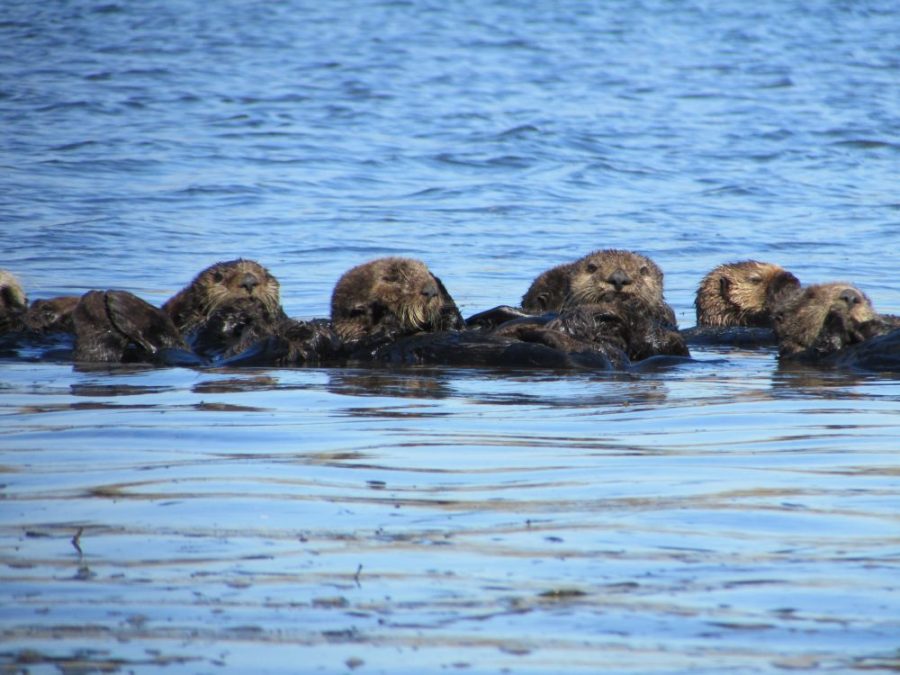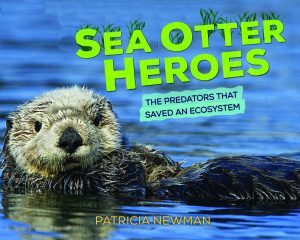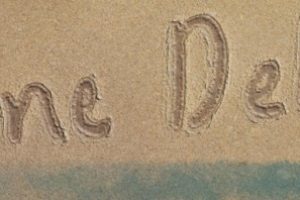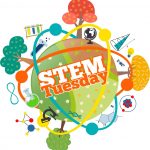Welcome back for another interview in my month-long series of posts celebrating Sea Otter Awareness Week. Today, why working on a kids’ book about a newly discovered trophic cascade was so exciting for Lilian Carswell, the Southern Sea Otter Recovery and Marine Conservation Coordinator with the US Fish and Wildlife Service.
Post Five: Sharing trophic cascade science with the public
Patricia Newman: What did you like about working on Sea Otter Heroes: The Predators That Saved an Ecosystem?
Lilian Carswell: I was thrilled to be able to help share this exciting story–about a 4-level trophic cascade previously unknown to science–with members of the broader public. For residents of the central California coast, it’s pretty easy to watch a sea otter eat a crab or clam, but it’s much harder to see the web of invisible connections between a suite of different organisms, even if you are there staring right at them. Those connections are what ecologists like Brent Hughes unravel, and the process of discovery really is like a detective story.
Without Brent’s careful work, no one would have known that sea otters are indirectly increasing the abundance of seagrass in Elkhorn Slough, which in turn helps to sequester atmospheric carbon and provides nursery habitat for numerous species that ultimately move out to the open ocean. And without a skilled writer to tell the story–to children, their parents, and anyone interested in a good read about how ecological discoveries really happen–most of us would be missing out.
Did you miss other posts in the series? Catch up here:
- Post One: Saving Sea Otters: One cool job
- Post Two: Saving Sea Otters: Science tips for kids
- Post Three: Saving Sea Otters: Continued threats
- Post Four: Saving Sea Otters: Environmental heroes
On Monday: Brent’s favorite part of starring in a kids’ book
With Dr. Brent Hughes, the marine biologist with the University of California at Santa Cruz-Long Marine Lab who discovered a new trophic cascade involving sea otters, an apex predator in Elkhorn Slough (just off Monterey Bay in Northern California)
Can’t Wait?
If you want more before the next post, visit my Sea Otter Heroes webpage to watch the book trailer created by 5th and 6th graders from Elk Grove, CA. Perhaps the trailer gives you ideas for a project-based learning activity (#PBL) for your kids or classroom.
[Featured photo credit: Elise Montanino]







Leave a Reply
Your email is safe with me.